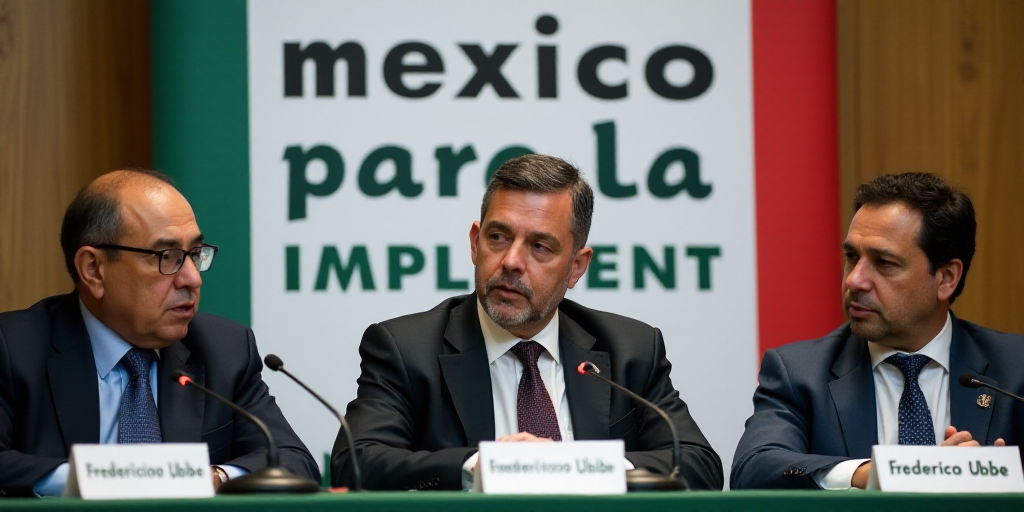Background on the 40-Hour Workweek Initiative
The Mexican Secretaría del Trabajo y Previsión Social (STPS) has initiated a series of six forums to implement the 40-hour workweek. The second forum, held on June 23rd, brought together proposals from both the private sector and trade unions regarding a gradual reduction in working hours.
STPS Perspective
Marath Bolaños, head of the STPS, emphasized the importance of transparency and legal certainty for all parties involved. She highlighted that these forums are part of a broader dialogue social exercise, ensuring that all stakeholders understand the steps and timelines for achieving a 40-hour workweek in Mexico by January 2030.
Private Sector Proposals
Representatives from Concamin, Caintra, and Index presented proposals tailored to their industries. They addressed the diverse working hours and schedules in many companies, suggesting strategies to mitigate potential impacts and strengthen implementation. Key proposals included:
- Promoting internal job reorganization
- Reviewing the impact on other benefits like vacations and social security
- Providing additional grace periods for microenterprises
- Implementing annualized or bimestral computation models for flexible hour distribution
- Offering tax incentives with 100% deduction of additional wages
- Engaging in tripartite social dialogue, working groups, and collective bargaining agreements
- Focusing on productivity indicators
They also requested that the legal framework consider exceptions for continuous manufacturing and 24/7 processes, where reducing work hours might disrupt operations. Furthermore, they suggested that the new maximum of 40 hours should refer to actual work time, excluding breaks.
Trade Union Proposals
The Confederación Revolucionaria de Obreros y Campesinos (Croc), the Confederación de Agrupaciones Sindicales de México (Conasim), and the Confederación de Trabajadores de México (CTM) participated from the trade union sector. Their general proposal was to:
- Approve the reform reducing the workweek to 46 hours by 2025, then 44 hours in 2026, and finally reach 40 hours in 2027
- Ensure workers spend more time with their families
- Promote employee well-being and find ways to meet goals without compromising productivity
- Address issues through collective bargaining agreements and maintain freedom of association to enhance workers’ conditions
Guarantee, via the Constitution, that for every five working days, there are two rest days (preferably weekends)
International Organizations’ Perspectives
Representatives from the World Bank (WB) and the Inter-American Development Bank (IDB) stressed that reducing the workweek aims to benefit workers, acknowledging employers’ concerns. They emphasized the importance of dialogue and improving labor conditions while boosting productivity.
- Analyze additional training costs to protect micro, small, and medium enterprises (mipymes) from risks
- Focus on social well-being, especially for future workers like young people balancing work and education
- Commit to flexible working hour arrangements
- Invest in unemployment insurance
Next Steps and Conclusion
The final forum will conclude on July 7th, after which the labor authority will share the conclusions. These insights will form the basis for a reform aimed at reducing the workweek to 40 hours, which will then be submitted to the Chamber of Deputies on September 1st when the ordinary legislative session begins.






